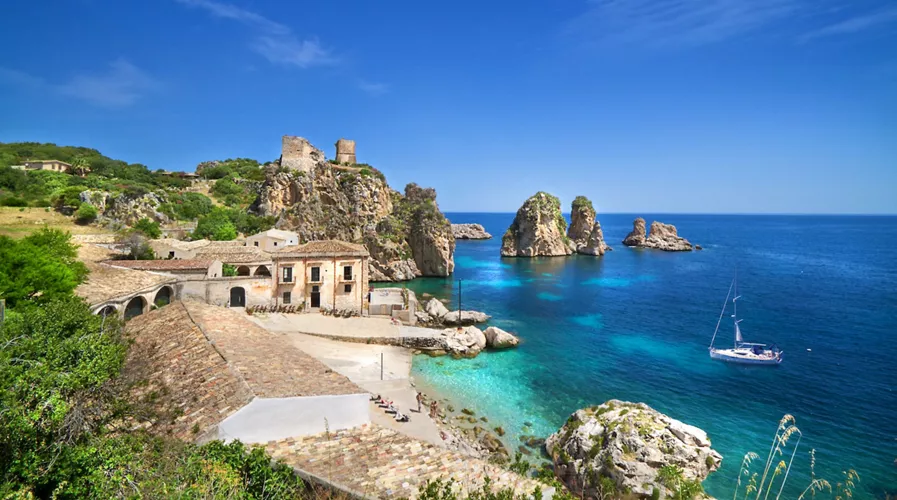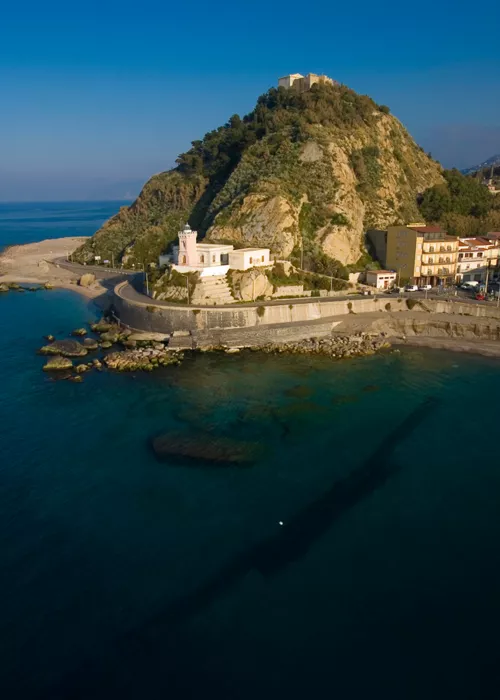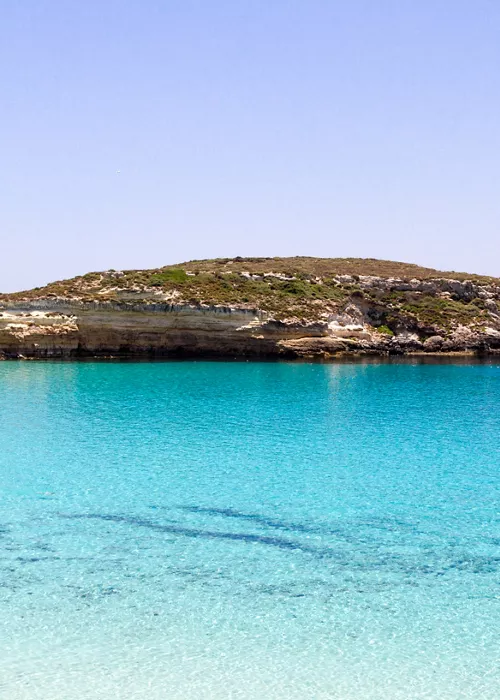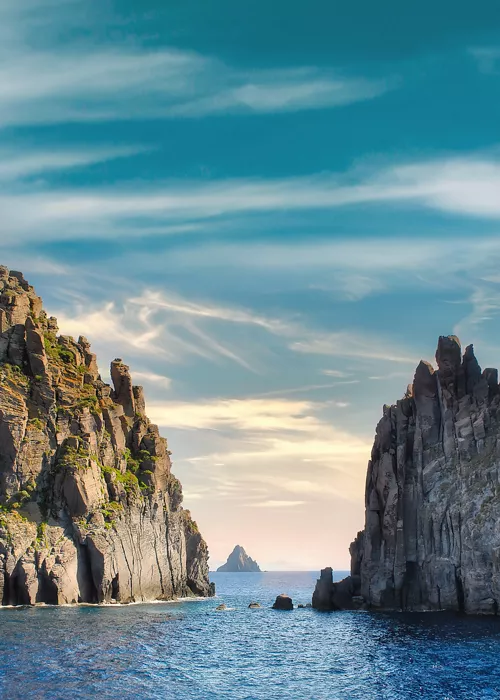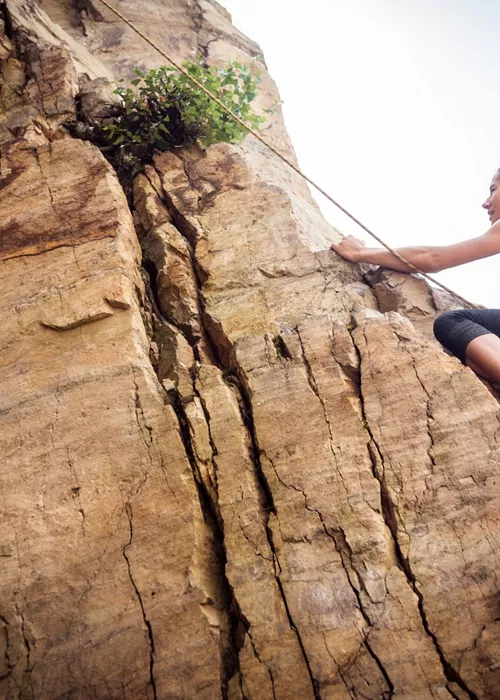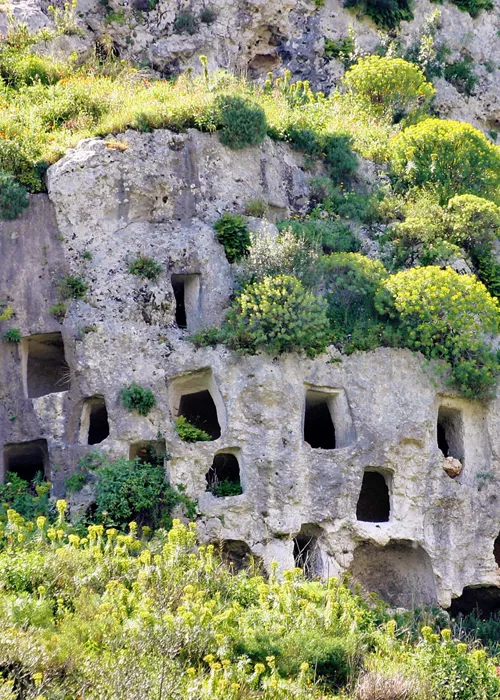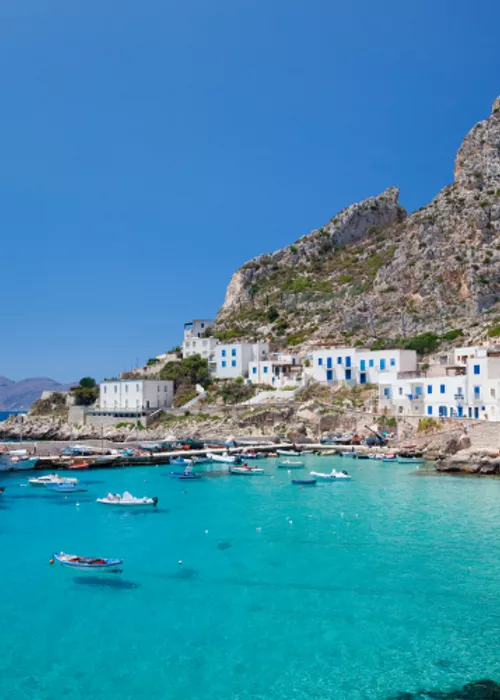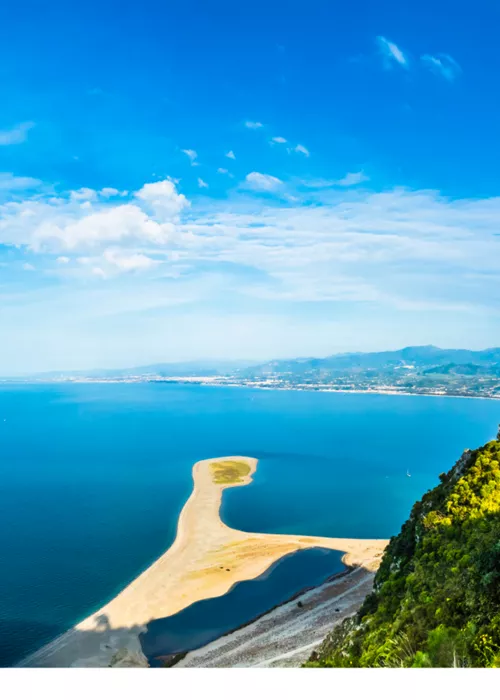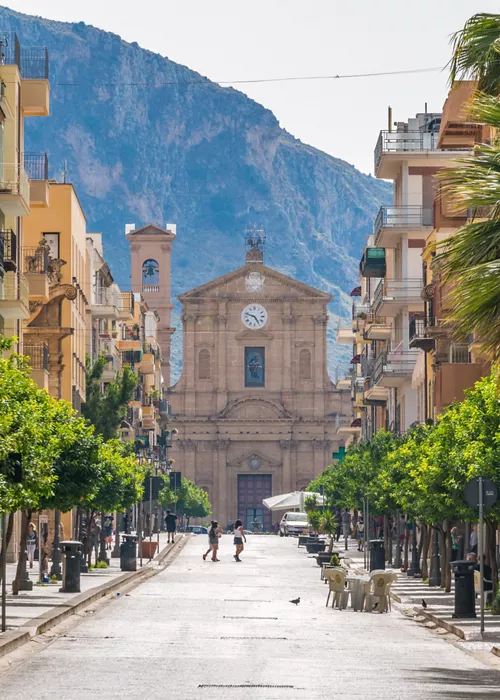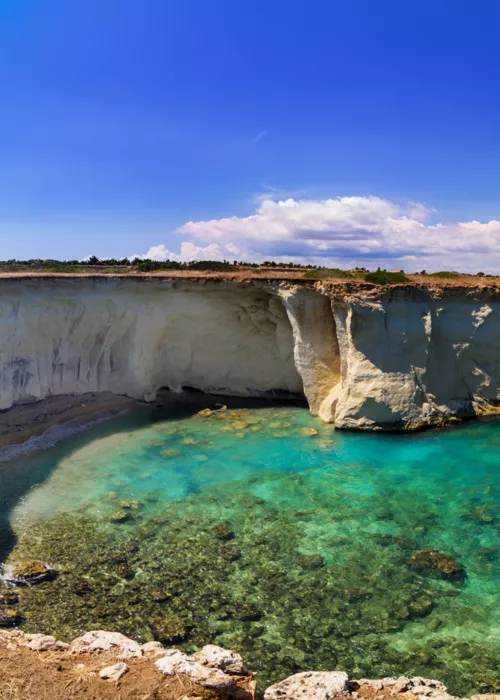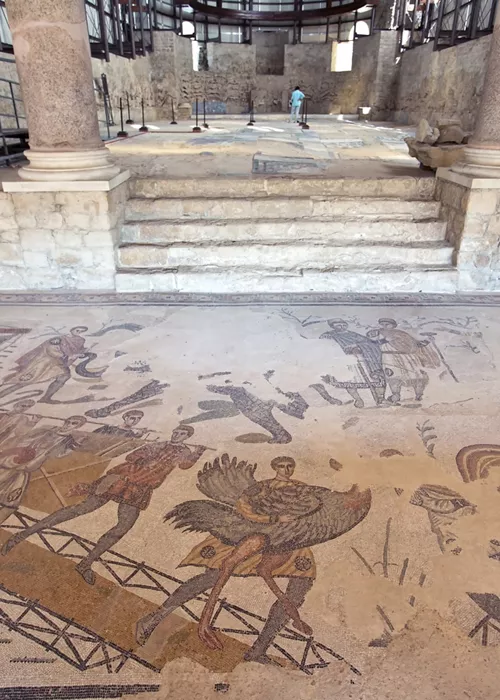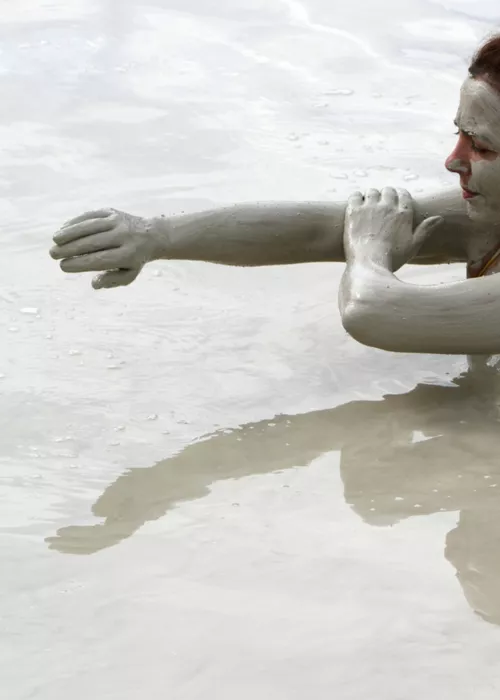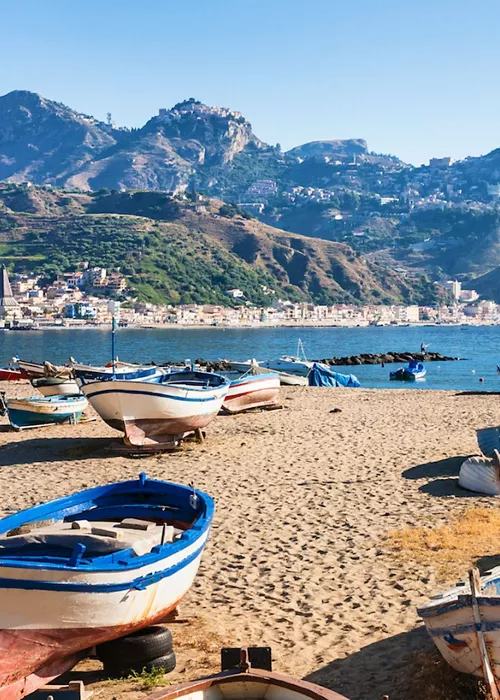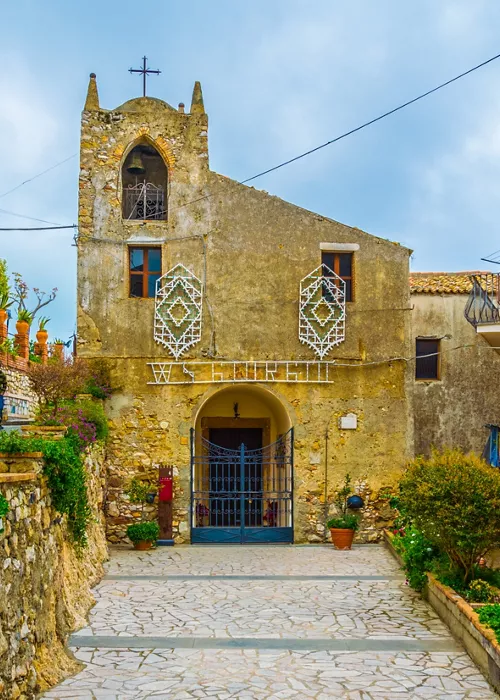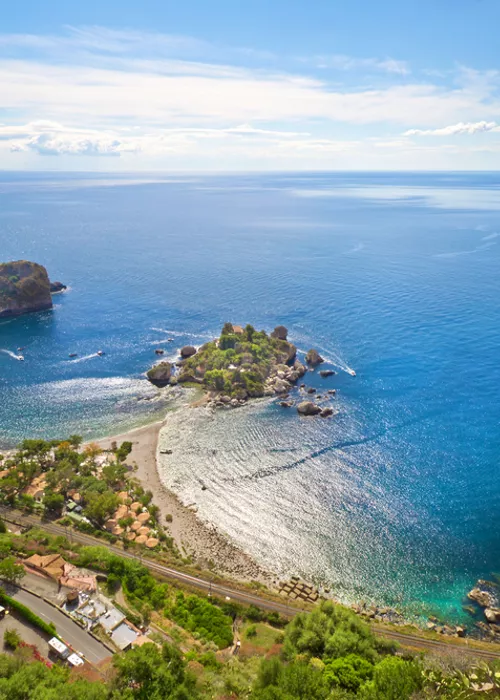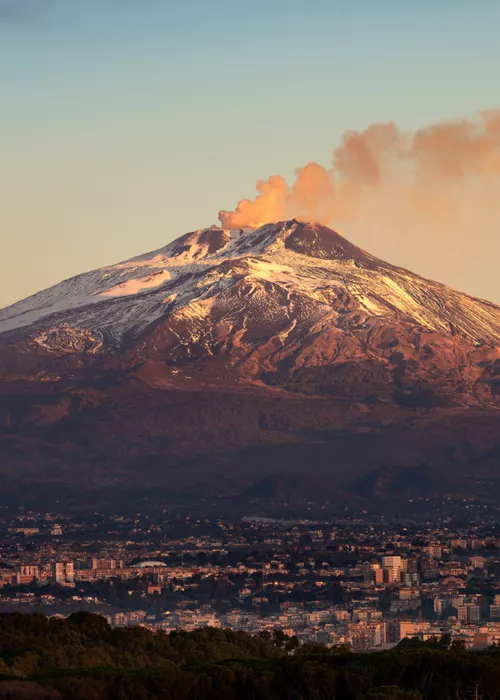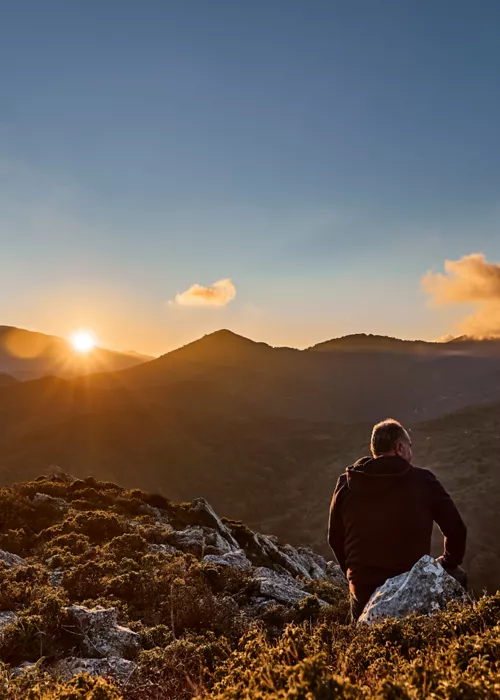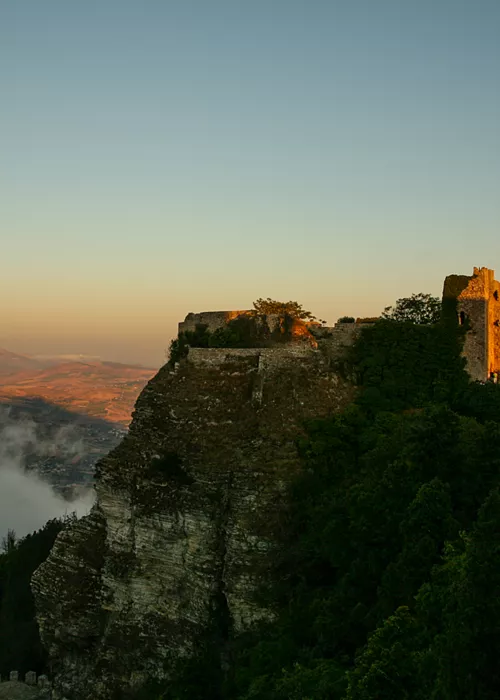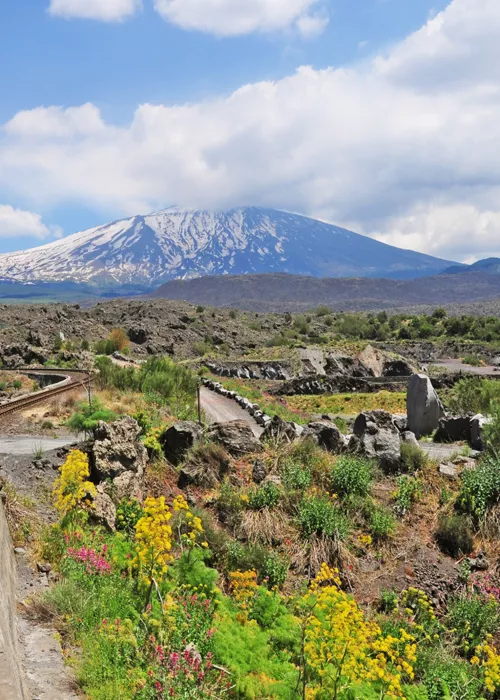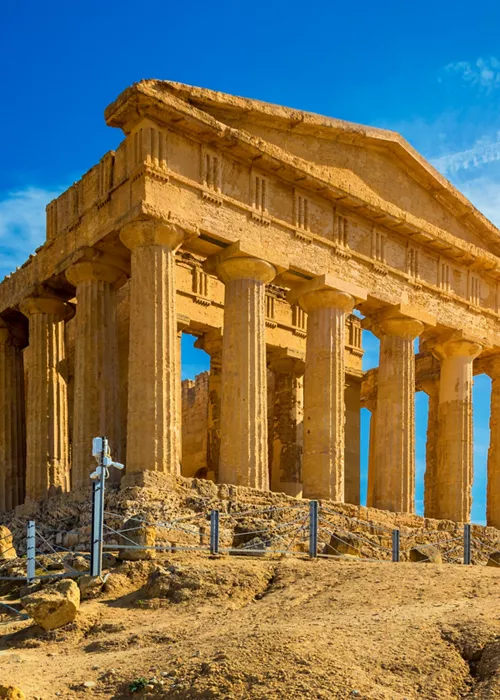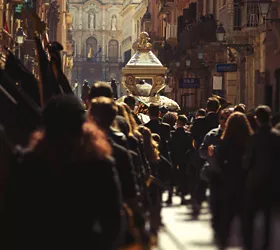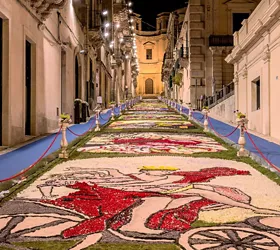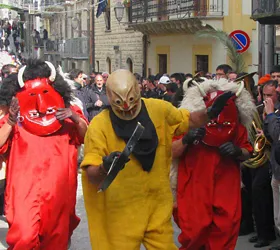Scopello and the Zingaro Nature Reserve, Sicily as it once was
Scopello is a beautiful coastal village with an ancient history. It stands in front of a handful of stacks that emerge from the water and form a natural amphitheatre of reddish rocks that intensify the blue of the sea.
Since at least the 13th century, there has been a tonnara (tuna fishery) concealed in the rock here, which was in operation until the 1980s. Today it is one of the most fascinating places in Sicily, the gateway to a protected area of great naturalistic value, the Zingaro Nature Reserve.
The mythical city of Cetaria
Like all places of great beauty, Scopello is associated with a myth: the city of Cetaria is said to have sprung up here, so called because of the abundance of fish in its waters (from the Greek word cetos, meaning sea animals such as cetaceans). What is certain is that the place has been inhabited since ancient times, when a population from Asia Minor settled on these shores after the Trojan War; the same people who probably also founded the city of Erice.
The Scopello we see today dates back to the 17th century, when the Bourbon kings used the area as a hunting reserve. For centuries dedicated to heavy tuna fishing, in the last 40 years Scopello has now become a paradise for those who love the sea, thanks to its seabed rich in anemones, madrepores and gorgonians where you can dive and swim among amberjacks and tuna, shipwrecks and submerged archaeological finds.
The Scopello tuna fishery
Nestled between scenic stacks and a rock face, the Tonnara di Scopello is a truly enchanting place. Its construction dates back to the 13th century, when it was just a small, well-concealed building set against the rock. It was expanded in the second half of the 15th century, first by the San Clemente family from Trapani, then by the Society of Jesus, which also built the small church, and finally by the Florio family at the end of the 19th century. Tuna caught along the coast were processed and stored in the complex. Operations ceased with the last slaughter in 1984, and since then the tuna fishery has only been used for marine biology research work.
Today, the Tonnara complex is accessible for a fee for visits, including guided tours, which allow visitors to retrace the history of tuna fishing and enjoy the Faraglioni beach. There is a diving centre in the complex, which also offers dinghy excursions along the coast.
Scopello's beaches
In addition to the Faraglioni beach, there are several beaches and coves on the Scopello coast where you can spend a day by the sea.
Guidaloca beach is a large sandy inlet with easy access to the sea, well sheltered from the wind, where the sea is always calm. Here you will find a parking area and a bar, and part of the beach is equipped with deckchairs and parasols.
Those who prefer deeper waters where they can snorkel may opt for Cala Bianca, a rocky and wild stretch of coastline, without beach facilities, that can only be reached on foot along a 700-metre path, or by boat from Castellammare.
Close to the Zingaro Nature Reserve is Cala Mazzo di Sciacca, with very clear waters rich in sea life, ideal for snorkelling and diving. It can be reached by car and there is only a small bar.
The Zingaro Nature Reserve, an environmental victory
The Zingaro Nature Reserve stretches along the coast between Scopello and San Vito lo Capo in a series of sheer cliffs interspersed with coves that make it possible to reach the sea.
It is one of the rare stretches of Sicilian coastline without a seafront: a road construction site was laid in 1976, but blocked due to protests by environmentalist committees that led to a full-scale march against the work, and in favour of safeguarding the territory, in 1980. The following year, the protected area was established.
Today, the Reserve can be explored along three paths, formerly mule tracks, which are about 7 kilometres in total. There is a coastal one, which provides access to charming pebble beaches and the prehistoric Uzzo cave; a mid-coast path to visit Borgo Cusenza, a nucleus of farmers' houses, and the petrified forest; and a high path, which is more challenging and very scenic. Inland, there are three museums (one naturalistic, one dedicated to the sea, one to the peasant civilisation) and an environmental education centre, two equipped areas and some rural buildings in contrada Sughero used for bivouacs, which are only allowed from October to May by making a request to the Reserve management.
In the highest part, there are woods of Aleppo pines and holm oaks alternating with Mediterranean maquis that is regaining possession of an area that was cultivated for centuries, and that today, thanks to conservation, is once again a treasure trove of biodiversity.



